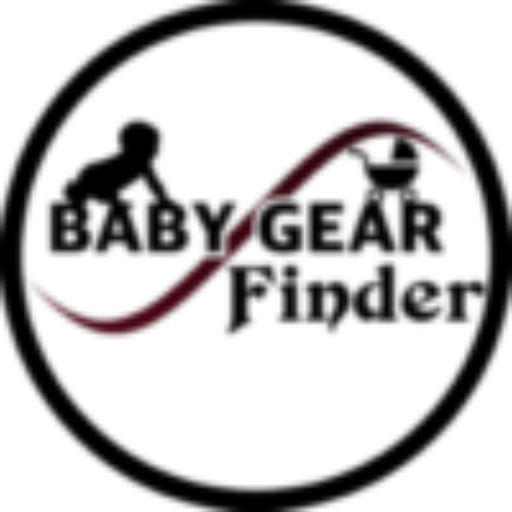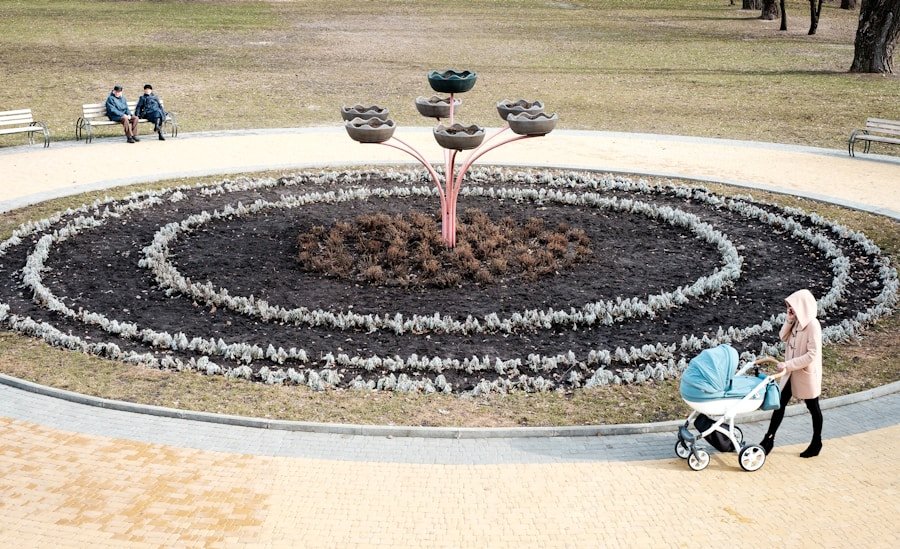When it comes to caring for a newborn, there are a few essential items that every parent should have on hand. One of these must-have items is a nasal aspirator. Nasal aspirators are small, handheld devices that are used to remove mucus from a baby’s congested nose. This may seem like a simple tool, but it can make a world of difference for a baby who is struggling to breathe due to nasal congestion. Newborns have very small nasal passages, and they are not able to blow their noses like older children and adults. This means that when they become congested, they rely on their parents to help clear their nasal passages. A nasal aspirator is the best way to do this, as it allows parents to gently and effectively remove mucus from their baby’s nose without causing any discomfort.
Nasal congestion can be particularly problematic for newborns, as it can interfere with their ability to breastfeed or bottle-feed. When a baby’s nose is congested, they may have difficulty latching onto the breast or bottle, which can lead to frustration for both the baby and the parent. In addition, nasal congestion can also interfere with a baby’s ability to sleep comfortably, which can lead to irritability and fussiness. By using a nasal aspirator to clear their baby’s nasal passages, parents can help ensure that their little one is able to eat and sleep comfortably, which is essential for their overall health and well-being.
Key Takeaways
- Nasal aspirators are essential for new parents to help clear their baby’s congested nose
- Understanding the importance of nasal aspirators for newborns is crucial for maintaining baby’s health
- Choosing the right nasal aspirator for your baby can make a big difference in effectiveness
- Using a nasal aspirator safely and effectively is important for baby’s comfort and health
- The benefits of using a nasal aspirator for baby’s health include improved breathing and better sleep
How Nasal Aspirators Help Clear Baby’s Congested Nose
Nasal aspirators work by creating suction that helps to remove mucus from a baby’s nose. There are two main types of nasal aspirators: bulb syringes and electric aspirators. Bulb syringes are the most common type of nasal aspirator and are typically included in most baby care kits. They consist of a rubber bulb attached to a long, narrow tube. To use a bulb syringe, parents simply squeeze the bulb to expel any air, then gently insert the tip of the tube into their baby’s nostril and release the bulb to create suction. This suction helps to draw mucus out of the baby’s nose, providing relief from congestion.
Electric aspirators, on the other hand, are powered by batteries or electricity and use suction to remove mucus from a baby’s nose. These aspirators are often more powerful than bulb syringes and can be particularly effective for clearing stubborn congestion. Some electric aspirators also come with additional features, such as different suction levels and interchangeable tips for different ages and stages of congestion. Regardless of the type of nasal aspirator used, it is important for parents to use them gently and carefully to avoid causing any discomfort or injury to their baby’s delicate nasal passages. By using a nasal aspirator to clear their baby’s congested nose, parents can help ensure that their little one is able to breathe comfortably and avoid any potential complications associated with nasal congestion.
Choosing the Right Nasal Aspirator for Your Baby
When it comes to choosing a nasal aspirator for your baby, there are a few factors to consider. The first thing to think about is the type of aspirator that will work best for your needs. Bulb syringes are a popular choice for many parents, as they are simple to use and easy to clean. However, some parents prefer the convenience and power of electric aspirators, especially if their baby has particularly stubborn congestion. It is also important to consider the size and shape of the aspirator, as well as any additional features that may be beneficial for your baby’s specific needs.
Another important factor to consider when choosing a nasal aspirator is the material from which it is made. It is important to choose an aspirator that is made from safe, non-toxic materials that will not cause any harm to your baby. Many nasal aspirators are made from BPA-free plastic or silicone, which are both safe options for use with newborns. Additionally, it is important to choose an aspirator that is easy to clean and maintain, as this will help ensure that it remains hygienic and safe for your baby to use. By taking the time to carefully consider these factors, parents can choose the right nasal aspirator for their baby’s needs and help ensure that they are able to effectively clear their little one’s congested nose.
Tips for Using a Nasal Aspirator Safely and Effectively
| Benefits of Nasal Aspirator | Reasons to Use |
|---|---|
| Clears baby’s stuffy nose | Helps baby breathe easier |
| Prevents sinus infections | Improves baby’s sleep |
| Easy to use and clean | Reduces discomfort for baby |
Using a nasal aspirator safely and effectively is essential for ensuring that it provides relief for your baby without causing any discomfort or harm. The first step in using a nasal aspirator is to make sure that your baby is in a comfortable position. This may involve laying them down on their back or propping them up slightly with a pillow to help keep their head still during the process. It is also important to have all of your supplies ready before you begin, including tissues or wipes to clean up any mucus that is removed.
When using a bulb syringe, it is important to gently squeeze the bulb before inserting the tip into your baby’s nostril. Once the tip is in place, release the bulb slowly to create suction and draw out any mucus. It is important to only insert the tip of the bulb syringe into your baby’s nostril as far as it will comfortably go, as inserting it too far can cause discomfort or injury. When using an electric aspirator, it is important to follow the manufacturer’s instructions carefully and use the appropriate suction level for your baby’s age and stage of congestion.
After using a nasal aspirator, it is important to clean it thoroughly to prevent the growth of bacteria or mold. This may involve disassembling the aspirator and washing each part with warm, soapy water before allowing it to air dry completely. It is also important to replace any disposable parts, such as filters or tips, as recommended by the manufacturer. By following these tips for using a nasal aspirator safely and effectively, parents can help ensure that they provide relief for their baby’s congested nose without causing any harm or discomfort.
The Benefits of Using a Nasal Aspirator for Baby’s Health
Using a nasal aspirator can provide a number of benefits for a baby’s health and well-being. One of the primary benefits of using a nasal aspirator is that it helps to clear a baby’s congested nose, allowing them to breathe more comfortably. This can be particularly important for newborns, as they are obligate nasal breathers, meaning that they rely on their noses for breathing rather than their mouths. By clearing their nasal passages with a nasal aspirator, parents can help ensure that their little one is able to breathe comfortably and avoid any potential complications associated with nasal congestion.
In addition to providing relief from congestion, using a nasal aspirator can also help prevent other issues that may arise from nasal congestion, such as ear infections or sinus infections. When a baby’s nose is congested, it can cause fluid buildup in the ears or sinuses, which can lead to infection if left untreated. By using a nasal aspirator to clear their baby’s congested nose, parents can help reduce the risk of these types of infections and promote overall ear and sinus health for their little one.
Alternatives to Traditional Nasal Aspirators for Baby’s Nasal Congestion
While traditional bulb syringes and electric aspirators are the most common tools used for clearing a baby’s congested nose, there are also some alternative methods that may be effective for providing relief from nasal congestion. One alternative method is saline drops or spray, which can help loosen mucus in a baby’s nose and make it easier to remove with a nasal aspirator. Saline drops are typically made from sterile salt water and can be administered by placing a few drops in each nostril before using a nasal aspirator.
Another alternative method for clearing a baby’s congested nose is steam therapy. This involves creating steam in the bathroom by running hot water in the shower or bath and sitting with your baby in the steamy room for a few minutes. The steam can help loosen mucus in your baby’s nose and make it easier to remove with a nasal aspirator.
It is important to note that while these alternative methods may be effective for providing relief from nasal congestion, they should be used in conjunction with a nasal aspirator rather than as standalone treatments. By combining these alternative methods with the use of a nasal aspirator, parents can help ensure that they provide comprehensive relief for their baby’s congested nose.
Incorporating Nasal Aspirators into Your Baby Care Routine
Incorporating nasal aspirators into your baby care routine can help ensure that you are prepared to provide relief for your little one when they experience nasal congestion. One way to incorporate nasal aspirators into your routine is by keeping one on hand in your diaper bag or changing table so that it is easily accessible when needed. This can help ensure that you are able to quickly provide relief for your baby when they become congested, whether you are at home or on the go.
Another way to incorporate nasal aspirators into your routine is by using them as part of your baby’s bedtime or naptime routine. Many babies experience increased congestion when lying down due to the effects of gravity on mucus in the nose. By using a nasal aspirator before putting your baby down for sleep, you can help ensure that they are able to breathe comfortably and avoid any potential disruptions in their sleep due to congestion.
It is also important to incorporate regular cleaning and maintenance of your nasal aspirator into your routine to ensure that it remains hygienic and safe for your baby to use. By incorporating nasal aspirators into your baby care routine in these ways, you can help ensure that you are prepared to provide relief for your little one when they experience nasal congestion.
In conclusion, nasal aspirators are an essential tool for new parents to have on hand when caring for a newborn. They provide relief from nasal congestion and help ensure that babies are able to breathe comfortably and avoid potential complications associated with congestion. By understanding the importance of nasal aspirators, choosing the right one for your baby, using it safely and effectively, and incorporating it into your baby care routine, you can help ensure that you are prepared to provide relief for your little one when they need it most. Whether you choose a traditional bulb syringe or an electric aspirator, incorporating this essential tool into your baby care routine can make a world of difference for your little one’s health and well-being.
FAQs
What is a nasal aspirator?
A nasal aspirator is a small device used to suction mucus from a baby’s nose. It is designed to help clear a baby’s nasal passages, making it easier for them to breathe.
Why is a nasal aspirator essential for new parents?
Babies are obligate nasal breathers, meaning they breathe through their noses, so keeping their nasal passages clear is crucial for their comfort and health. A nasal aspirator helps new parents to quickly and effectively remove mucus from their baby’s nose, allowing them to breathe more easily.
How does a nasal aspirator work?
There are different types of nasal aspirators, but most work by using suction to remove mucus from a baby’s nose. Some are manual, requiring the parent to suck through a tube, while others are electric or battery-powered.
When should a nasal aspirator be used?
A nasal aspirator should be used when a baby is congested and having difficulty breathing due to mucus buildup in their nasal passages. It can also be used preventatively to help keep a baby’s nose clear and prevent congestion.
Are there different types of nasal aspirators available?
Yes, there are different types of nasal aspirators available, including bulb syringe aspirators, manual suction aspirators, and electric or battery-powered aspirators. Each type has its own advantages and may be preferred by different parents based on their needs and preferences.






























